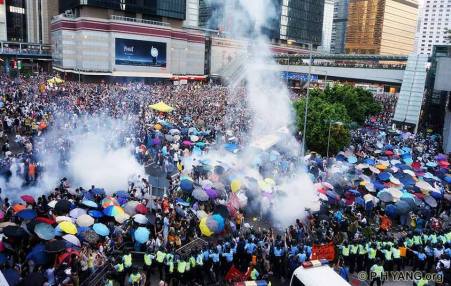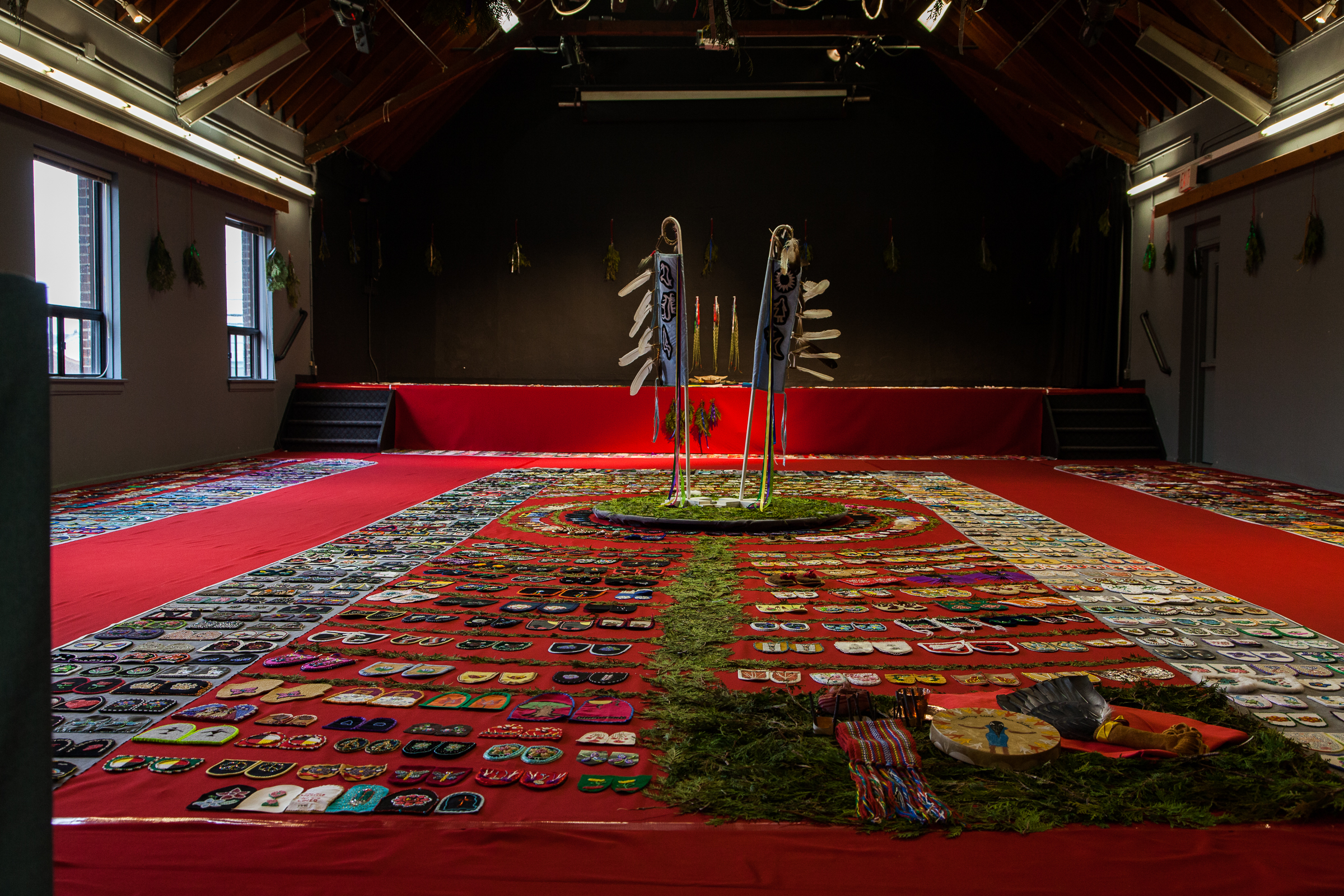Two months since the beginning of the Hong Kong protests, what began as an energetic and widely-backed movement that captured international attention has largely collapsed in the face of continued Chinese refusal to grant any concessions. The protests, named the “Umbrella Revolution” for demonstrators’ use of umbrellas to protect themselves from pepper spray attacks by police, peaked at around 100,000 protestors during the start of October. However, independent polls taken at the beginning of November show that now over 80% of Hong Kong residents are finding the continued occupation of the streets by the much smaller group to be inconvenient, and simply want them to leave.
Causes
The protests began in September in response to China’s promised electoral policy reforms. At the end of August, the government announced that, though they would allow direct elections for the Chief Executive elections in 2017, voters would only be allowed to vote from a list of candidates pre-approved by the Chinese government. This decision means that, when voting for the head of the Hong Kong government, residents will only be able to choose between two or three individuals — a process which activists believe China will use to screen out candidates who might not act in the interests of Beijing.
Hong Kong exists under Chinese control under the principle of “one country, two systems”, where the city enjoys a high degree of autonomy in domestic politics. This system was implemented after Hong Kong was passed from Britain to China in 1997, and is set to last for 50 years. As the city will revert to full Chinese control in 2047, this deadline on autonomy has made political reform of particular concern to residents of Hong Kong.
Evolution
Scattered protests began soon after the August announcement. However, overreactions on the part of the government and police acted as a catalyst; first by detaining 78 protestors, including 17-year-old protest leader Joshua Wong on September 26th, then by firing 87 rounds of tear gas on protestors two days later. On September 28th, the protests swelled in response and grew into a non-violent, pro-democracy movement.
The key demand of the protests was for residents to have the right to directly nominate candidates for the chief executive, with the secondary demand that the current leader, Leung Chun-Ying, step down for failing to promote Hong Kong interests.
As is often the nature of such protests, it has largely been a student-led demonstration, but quickly gained broad-based support. An important element of this early success was the support of the financial community who, while largely believing that they were “trying for the impossible,” have helped give the protests a further degree of legitimacy.
The main protest site is spread across an eight-lane highway, spilling out into side streets. Two other smaller occupation sites also exist. The sites are managed by a well-oiled volunteer system which manages supplies, first aid, and recycling.
After several attempts to stop the demonstrations with force backfired, the government decided to wait out the protestors, leading to no further overreactions and no concessions being offered. The mass support soon began to decrease as success seemed less likely and inconveniences from the shutdown of major roads and neighborhoods continued.
The non-violent nature of the protests was disturbed on November 18th when a small group of protestors attempted to break down a side door of the Legislative Council building. Those who participated expressed frustration at the lack of progress; however, their actions have been dismissed as anomalous and not condoned by the bulk of demonstrators.
Future of the Protests
While a majority of protestors have acknowledged their small chance of success, many are still sticking around. This is partly due to the fact that it is hard for many of these most dedicated individuals to walk away without having accomplished anything material. The Chinese government’s lack of concessions on the protest’s main demand, that the Hong Kong people be able to nominate candidates for chief executive in time for the 2017 election, makes it difficult for demonstrators to walk away without feeling like they are surrendering.
Another reason is that protestors have failed to agree on how they want to continue after the occupation is over. The creation of such a spontaneous political movement is difficult, and many demonstrators feel that the decision to leave should be made en masse, made difficult by the lack of leadership. Still others want to try and create an organisation which will continue to exist after they leave, thus working towards full democracy in the future.
As public sentiment continues to turn against the protestors, many are expecting the government to clear out the remaining demonstrators. Since tensions could reignite if police exceed usages of ‘minimum force,’ the government would prefer for protestors to leave by themselves. However, the failure of the protests and falling public support suggests that, barring a new development, the occupation will end, either through policy action or by the protestors choosing to walk away.
While many are discouraged from the apparent lack of results, others are more hopeful. One of the prominent members of the occupation is Jimmy Lai, a billionaire media mogul and owner of Apple Daily, one of the leading pro-democracy newspapers. When asked about the movement’s success on November 19th from his place in the protest camp, he argued that no matter the outcome of the demonstrations, they have helped change Hong Kong by making the public more politically aware.
“Even Hong Kong people like myself have rediscovered Hong Kong,” says Lai. “The young people have given us hope; the young people have given up a new sense of dignity, a new sense of pride.”
Written by Karen Holstead





